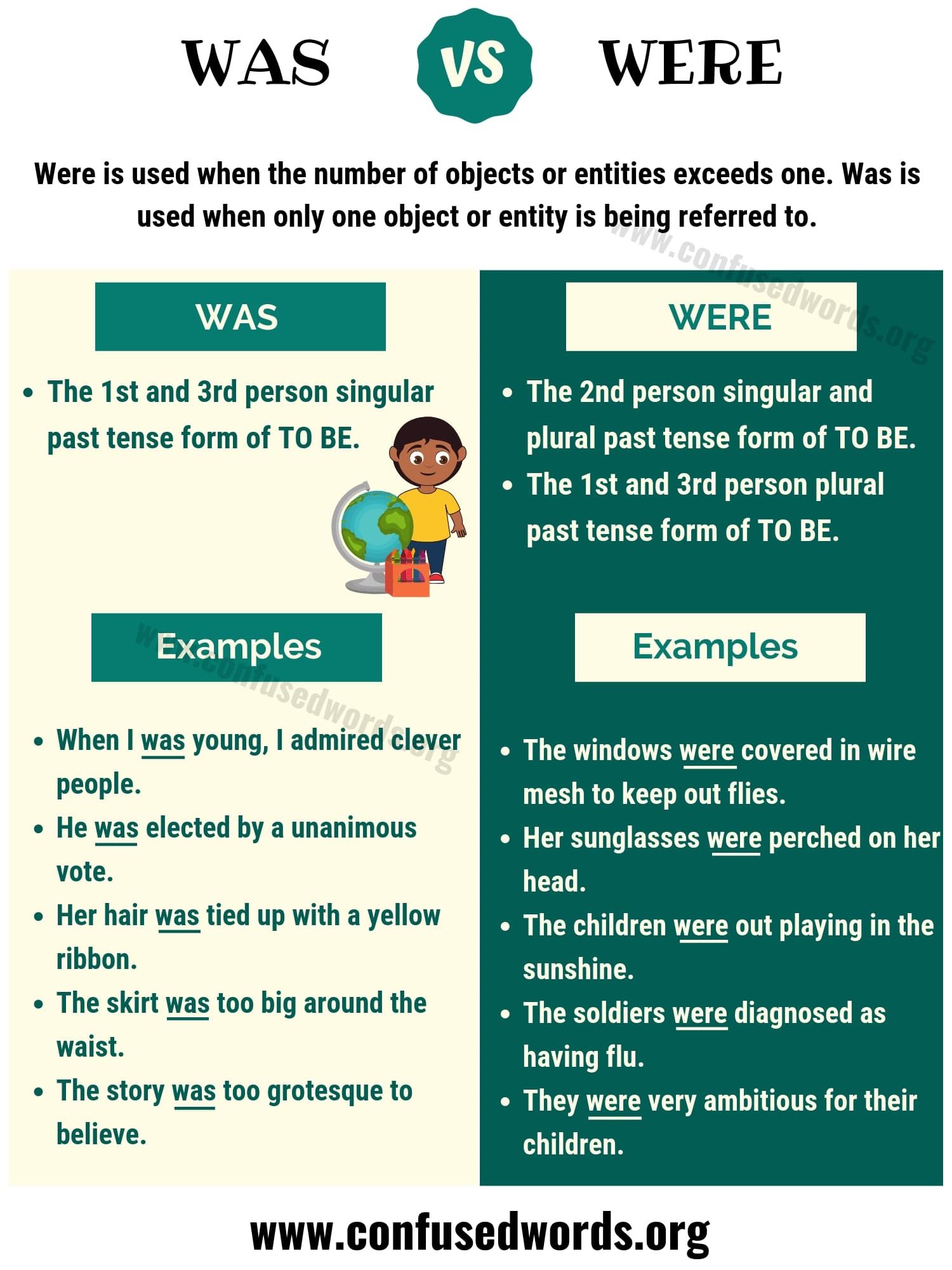Saying no in Spanish can be as simple as uttering a single word, but the context and politeness level can significantly impact how your message is received. Mastering the art of saying no in Spanish is crucial for effective communication, whether you’re traveling, conducting business, or engaging in everyday conversations with Spanish speakers. Here’s a comprehensive guide to help you say no in Spanish with confidence and sensitivity to the context.
Basic Ways to Say No
- No - This is the most straightforward way to say no. It’s universal and understood in most Spanish-speaking countries.
- Não - Although “não” is actually Portuguese for “no,” some Latin American countries might understand it due to cultural exchange, but it’s not standard Spanish.
- No, gracias - Saying “no, thank you” is a polite way to decline an offer.
Polite Ways to Refuse
- No, por favor - “No, please” can be used to refuse something politely.
- Prefiero no - This means “I prefer not to.”
- No tengo ganas - Saying “I’m not in the mood” can be a casual way to decline an invitation.
- Lo siento, no - “Sorry, no” adds an apologetic tone to your refusal.
- No puedo - “I can’t” is useful when you’re unable to do something.
- No quiero - While this directly means “I don’t want to,” it can come off as a bit blunt. Use it with caution and consider the context.
Refusing an Offer or Invitation
- Muchas gracias, pero no - “Thank you very much, but no” is a gracious way to decline an offer.
- No, estoy bien - “No, I’m fine” can be used when declining an offer of food, drink, or help.
- Tal vez otro día - Saying “maybe another day” leaves the door open for future invitations.
- Me encantaría, pero no puedo - “I’d love to, but I can’t” shows appreciation for the invitation while explaining your inability to attend.
Formal Settings
- Lamento no poder - “I regret not being able to” is a formal way to express inability.
- Me temo que no - “I’m afraid not” can be used in formal situations to convey a negative response.
- No es posible - “It’s not possible” is straightforward and formal.
- Desafortunadamente, no - “Unfortunately, no” adds a polite tone to a formal refusal.
Informal Settings with Friends
- Ni modo - A casual expression similar to “no way” or “forget it.”
- No manches - Used in some Latin American countries to express disbelief or refusal in an informal setting.
- No jures - Similar to “no way” or “you’re kidding,” used in casual conversations.
Scenario-Based Examples
- When someone invites you to a party: “Gracias por la invitación, pero no podré asistir.” (“Thanks for the invitation, but I won’t be able to attend.”)
- When offered a second helping of food: “No, gracias. Estoy lleno.” (“No, thank you. I’m full.”)
- Declining a drink: “No, prefiero agua, por favor.” (“No, I prefer water, please.”)
Closing Thoughts
Saying no in Spanish, like in any language, requires a balance between directness and politeness. The key is to understand your audience and the context of the conversation. Whether you’re speaking in formal situations or casual gatherings, there’s a way to express your refusal that is both clear and respectful. Remember, the ability to say no is as important as the ability to say yes, and mastering this skill will make your interactions in Spanish more effective and meaningful.


